Hex Nut Probability Activity
One of my favorite activities from the Steve Spangler workshop I attended was an inertia challenge involving a 1- or 2-liter bottle, a plastic ring, and a hex nut.

Steve Spangler also sells a kit with all of the supplies for this activity. I attended his workshop in the hopes of finding ideas for my physical science class, but I ended up walking away with more ideas that I could use with my Algebra 1 classes than my science class!
The premise of this activity is to remove the plastic ring which causes the hex nut(s) to drop successfully into the bottle.
Though I loved this idea, I wasn’t planning on using it with my students this year because physical science has already finished discussing force, motion, and inertia. My Algebra 1 students, on the other hand, are currently studying probability. I was looking for a fun way to get my students collecting some data to find experimental probability when I remembered this activity.
My husband and I had both attended Steve’s workshop, so I had two of the plastic yellow rings in my classroom. My parents own their own business and do a lot of shipping, so I had asked my mom to save tape roll cores for me.
I set out the supplies for my students.
Tape roll cores:
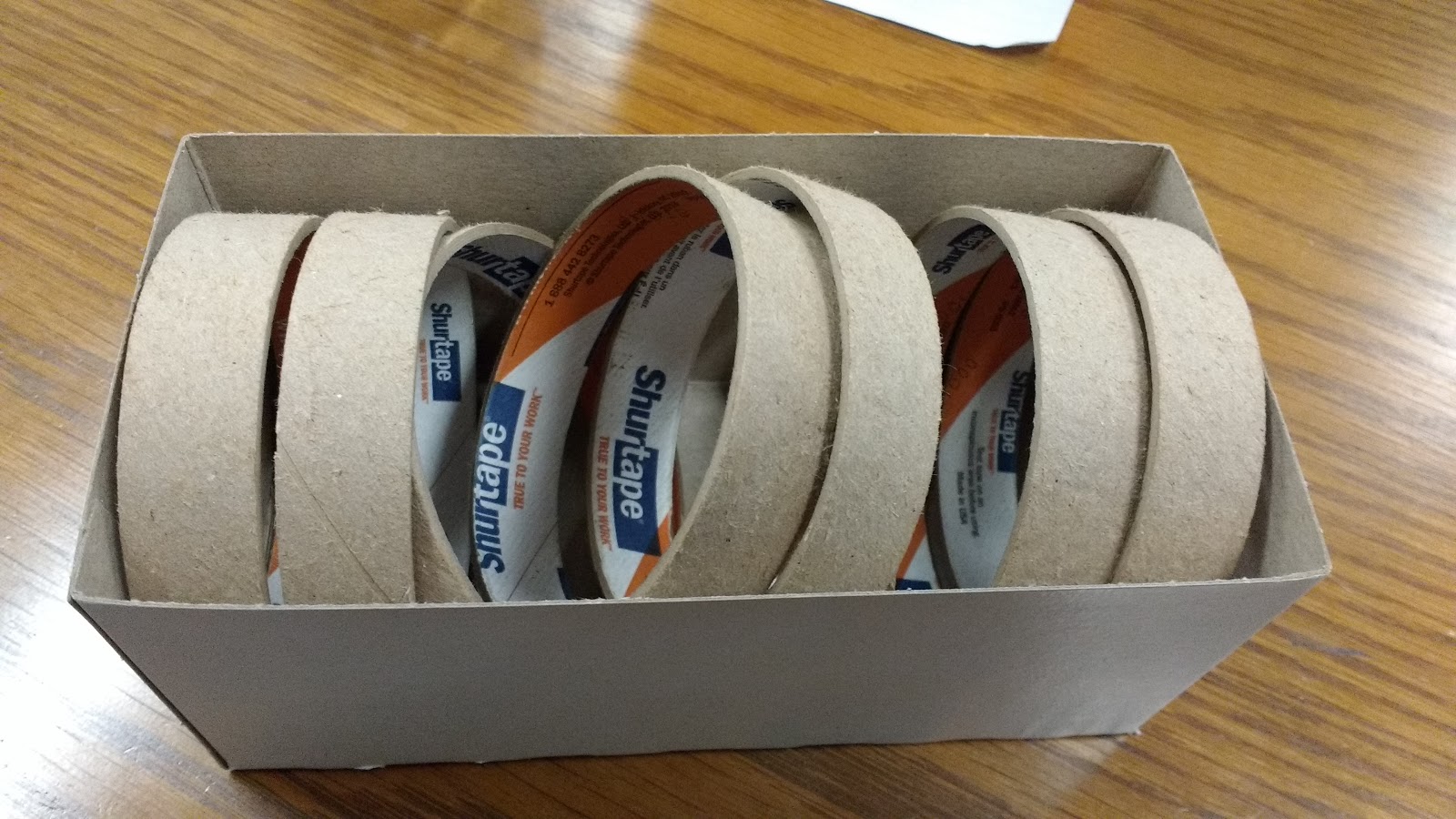
Small hex nuts:
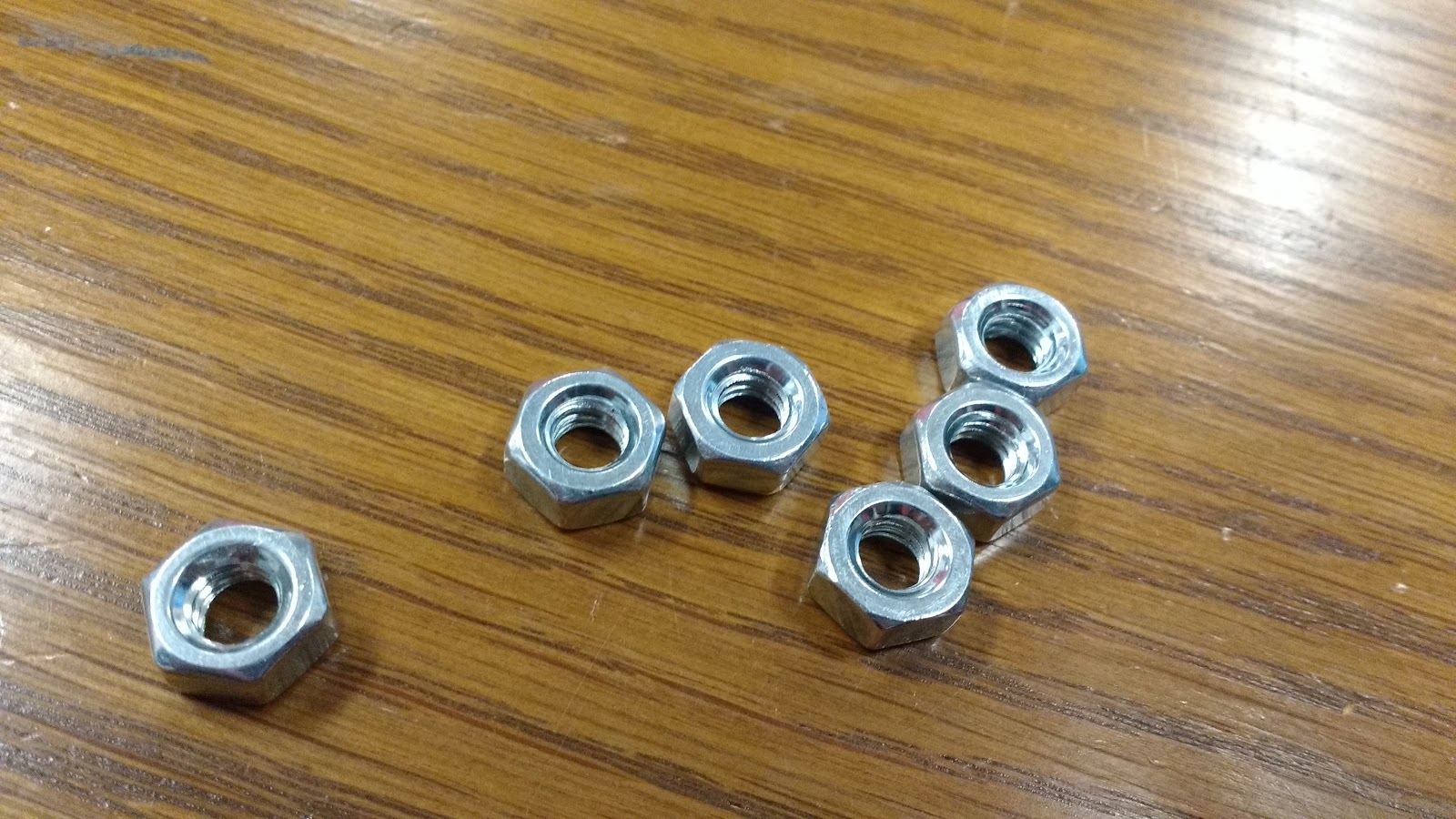
Two liter bottles:

I demonstrated for my students how to set up the bottle, tape roll core, and hex nut, but I intentionally did not demonstrate how to perform the activity. I wanted my students to figure this out for themselves!
I created this sheet for students to glue in their interactive notebooks:

I only had six hex nuts, so I had students break up into six groups for this activity. Each time a student performed the experiment, he/she had to record whether the hex nut fell into the bottle (success) or whether the hex nut missed the bottle (failure). Then, I set them free.
Here are some of my students’ results:
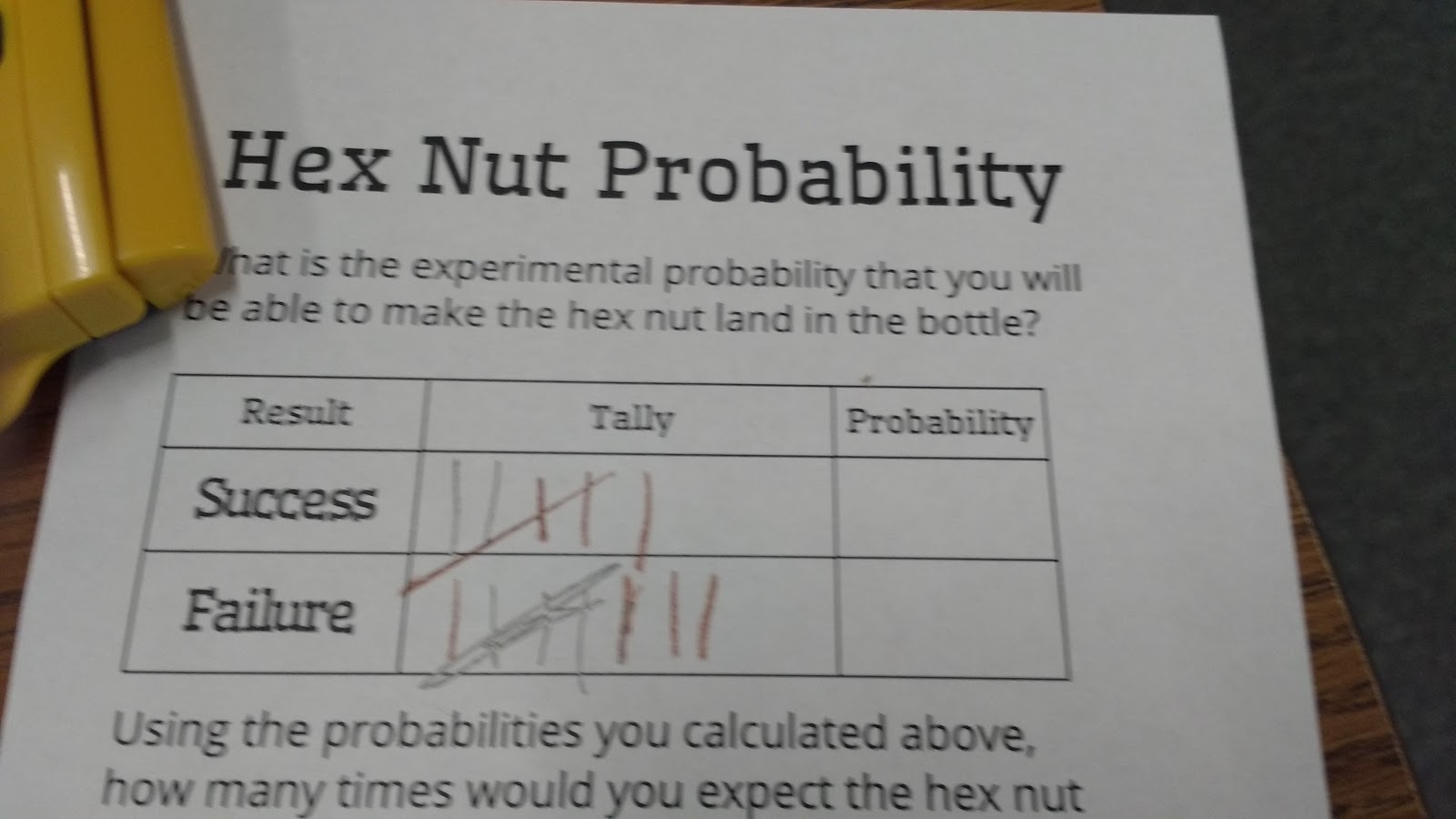

Many of my students found this to be a very tricky task!
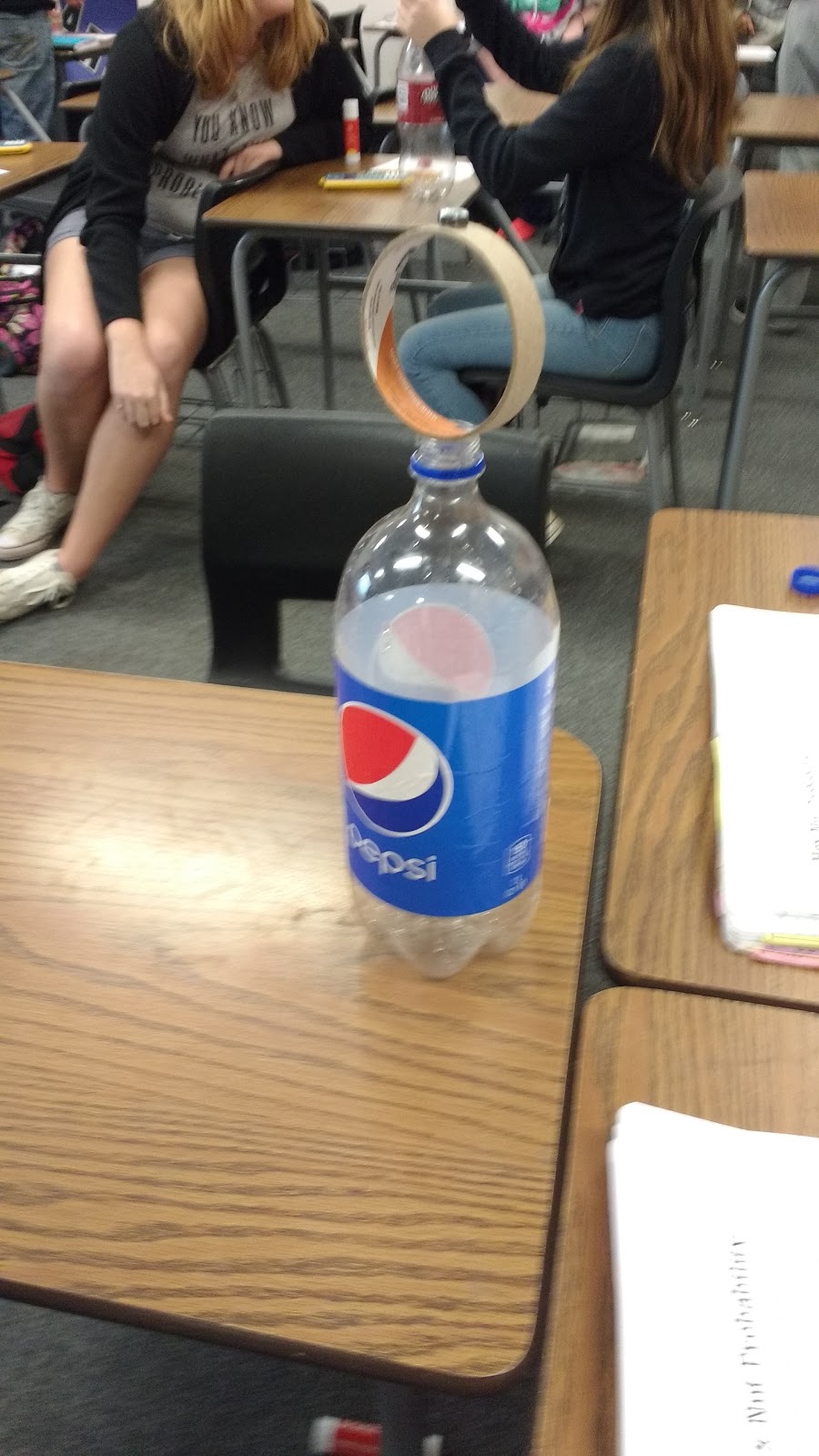
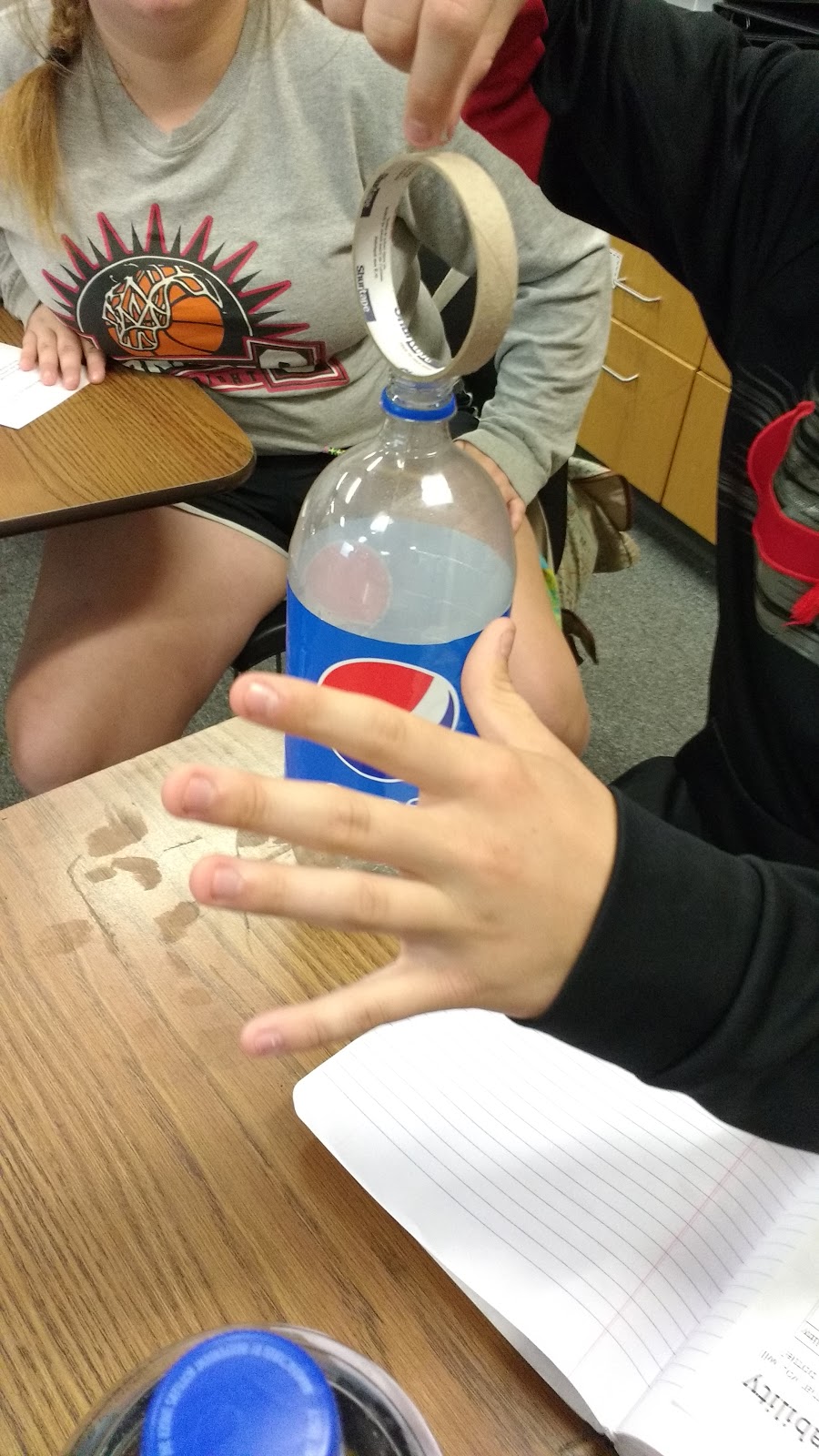
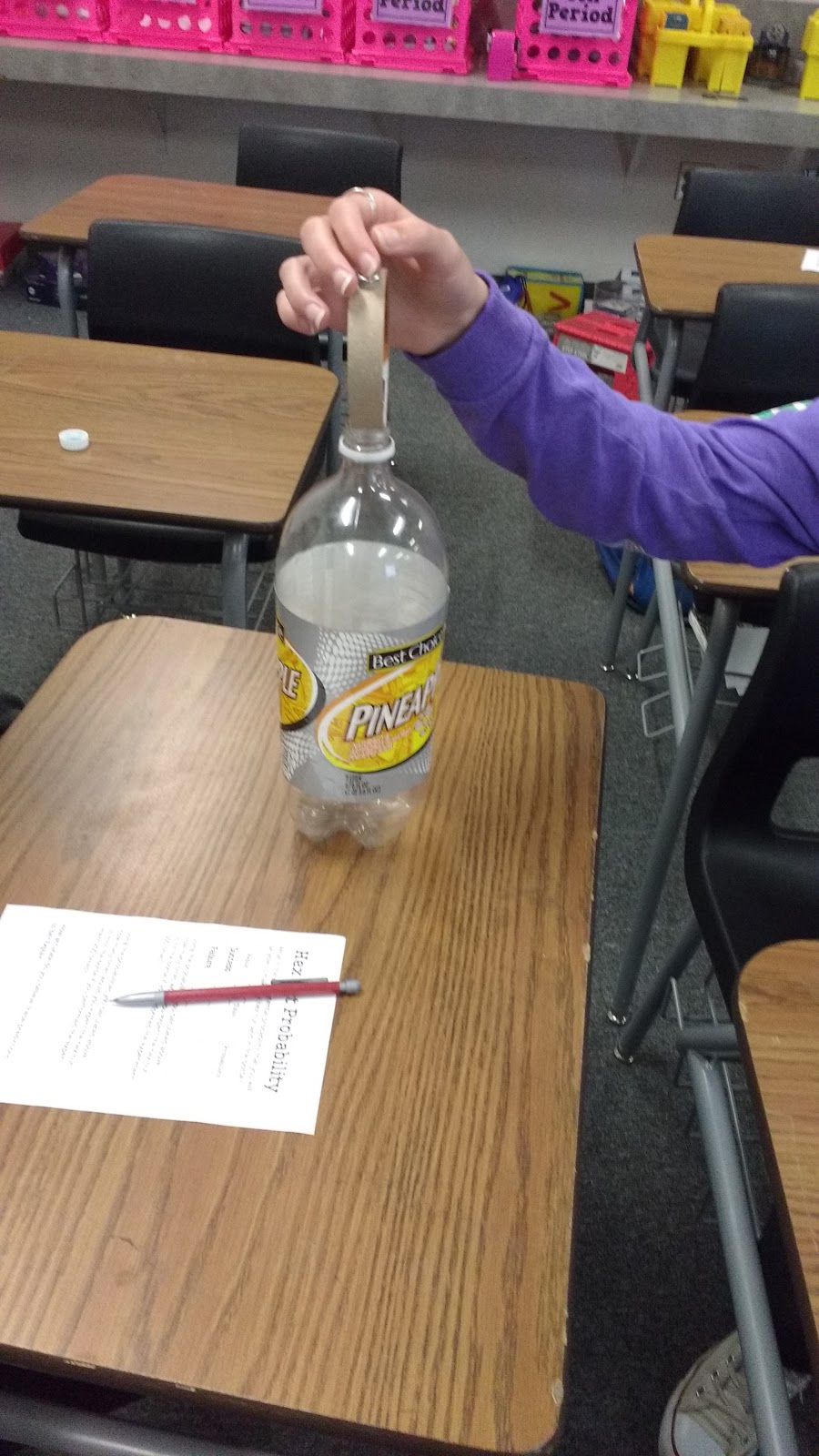
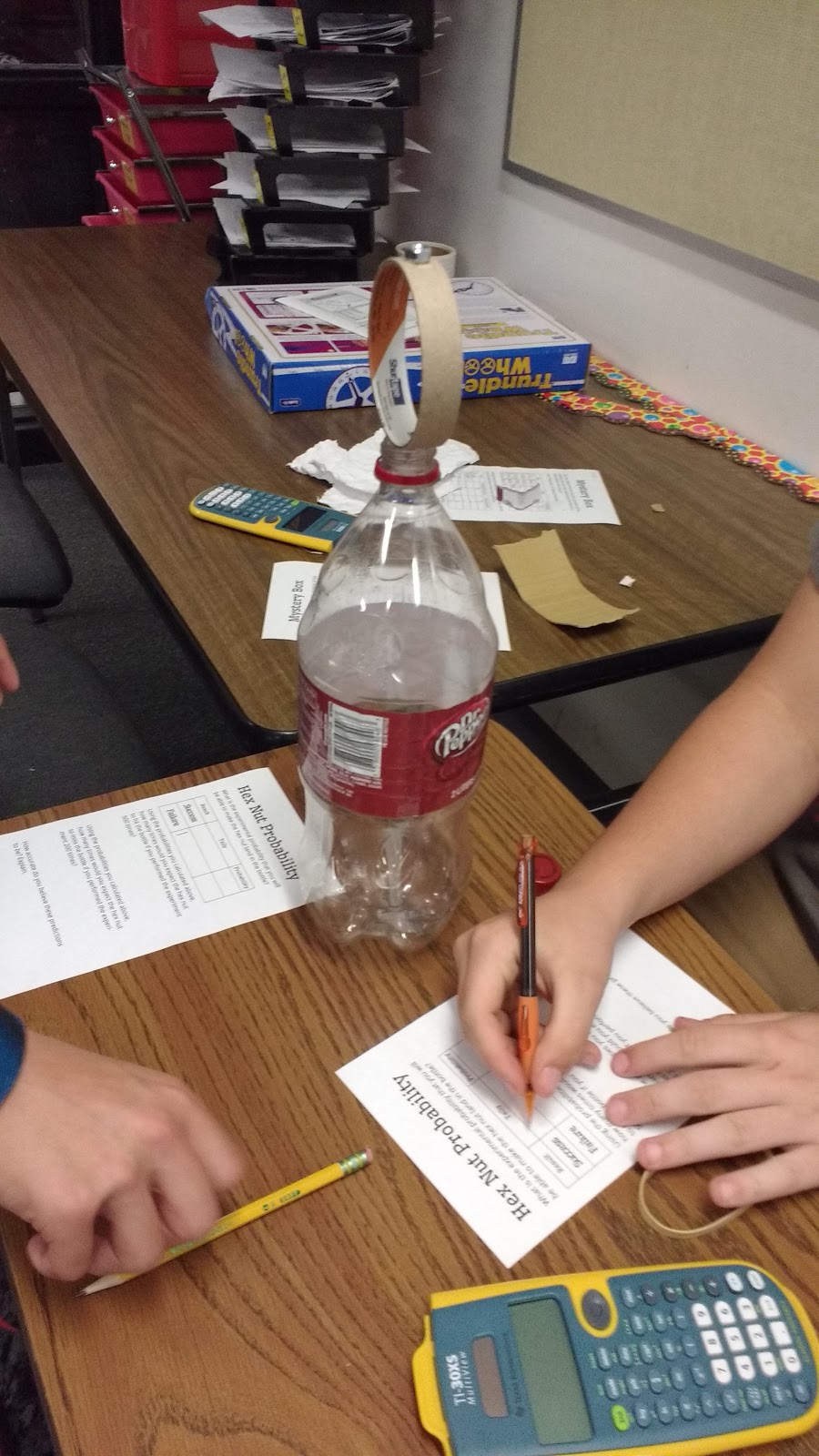
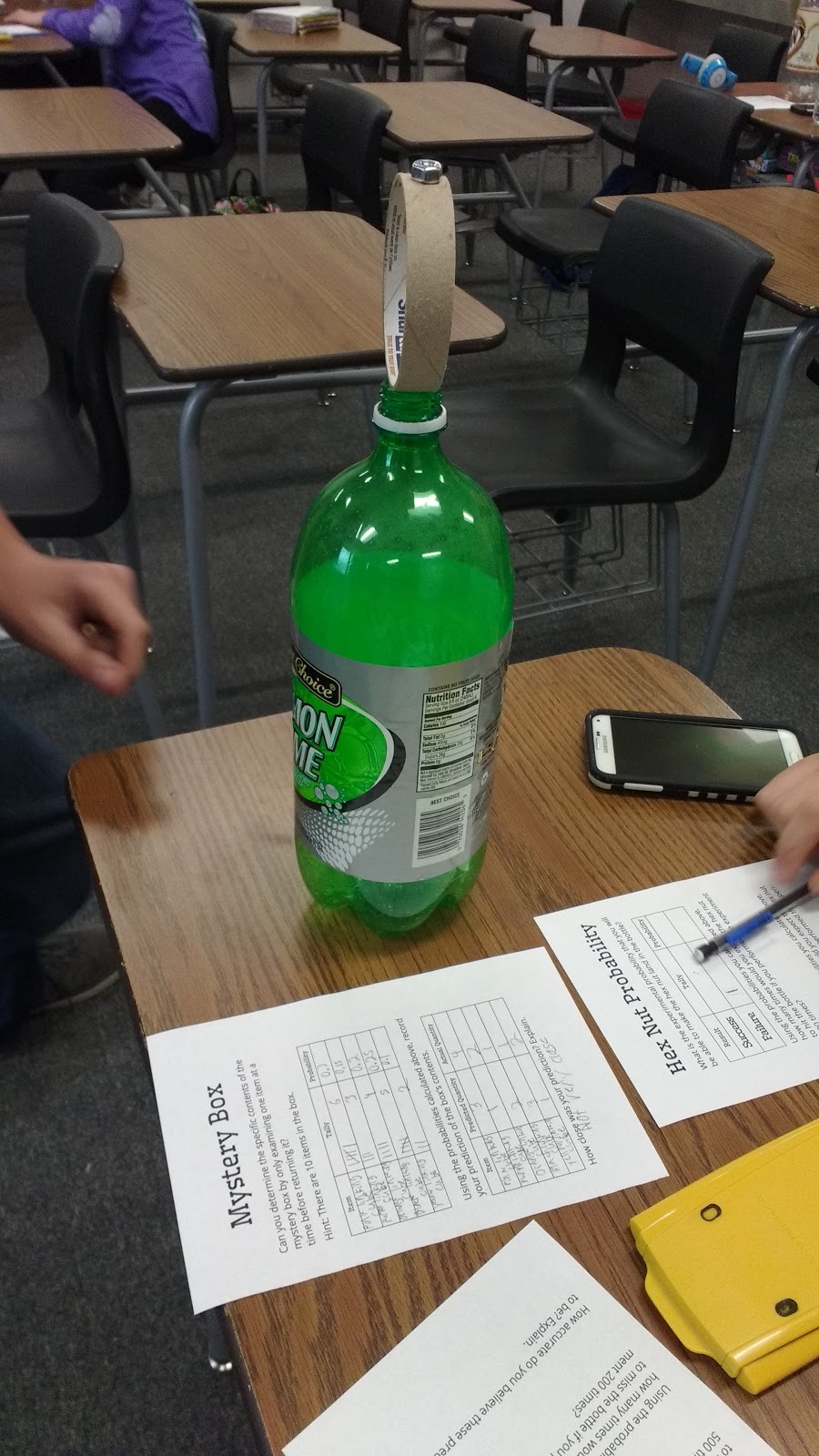
Here are a few videos I took of my students in action.
Other students were more successful. One of my students, much to the dismay of his classmates, succeeded EVERY single time. I took a video of him explaining his strategy to his peers. Apparently, it’s all about the “scoop.”
After giving students five to ten minutes to collect their data, I had students clean up their supplies so we could calculate our experimental probabilities of succeeding and failing at landing the hex nut in the bottle.
Then, we used these probabilities to make predictions. There were mixed results when I asked my students to critique their predictions. In some classes, some students pointed out that the probability would change with more experience. They noted that they had improved greatly just after ten to fifteen attempts. After 500 attempts, they should be much better! In another class, the students thought that the prediction was incorrect because they would likely get bored after 500 attempts and stop trying as hard. Both interesting lines of thinking!
My kids LOVED this activity! Our principal walked in as I was preparing to intro this activity, and he had a very confused look on his face. We gave him the opportunity to try it for himself. He missed both times.
Teaching probability is turning out to be a lot of fun!

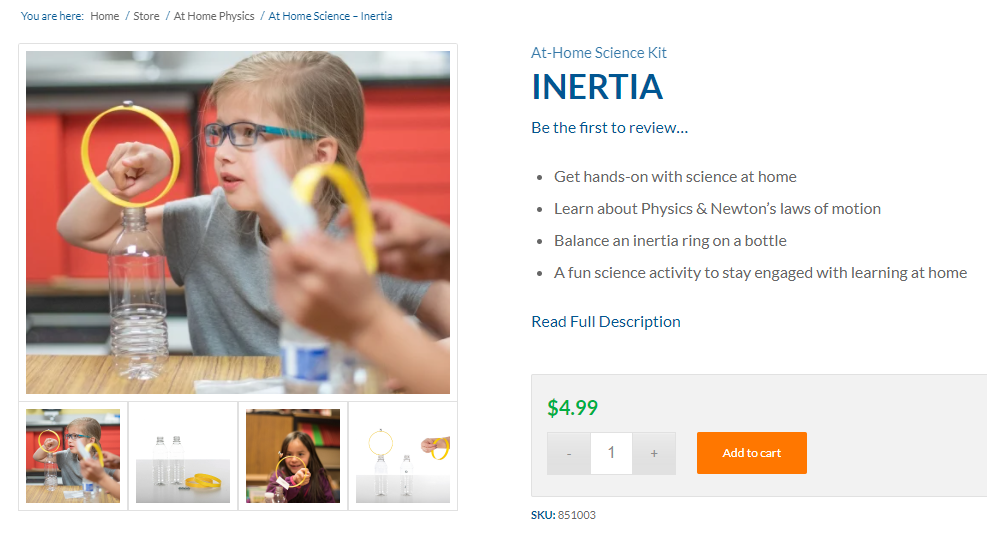
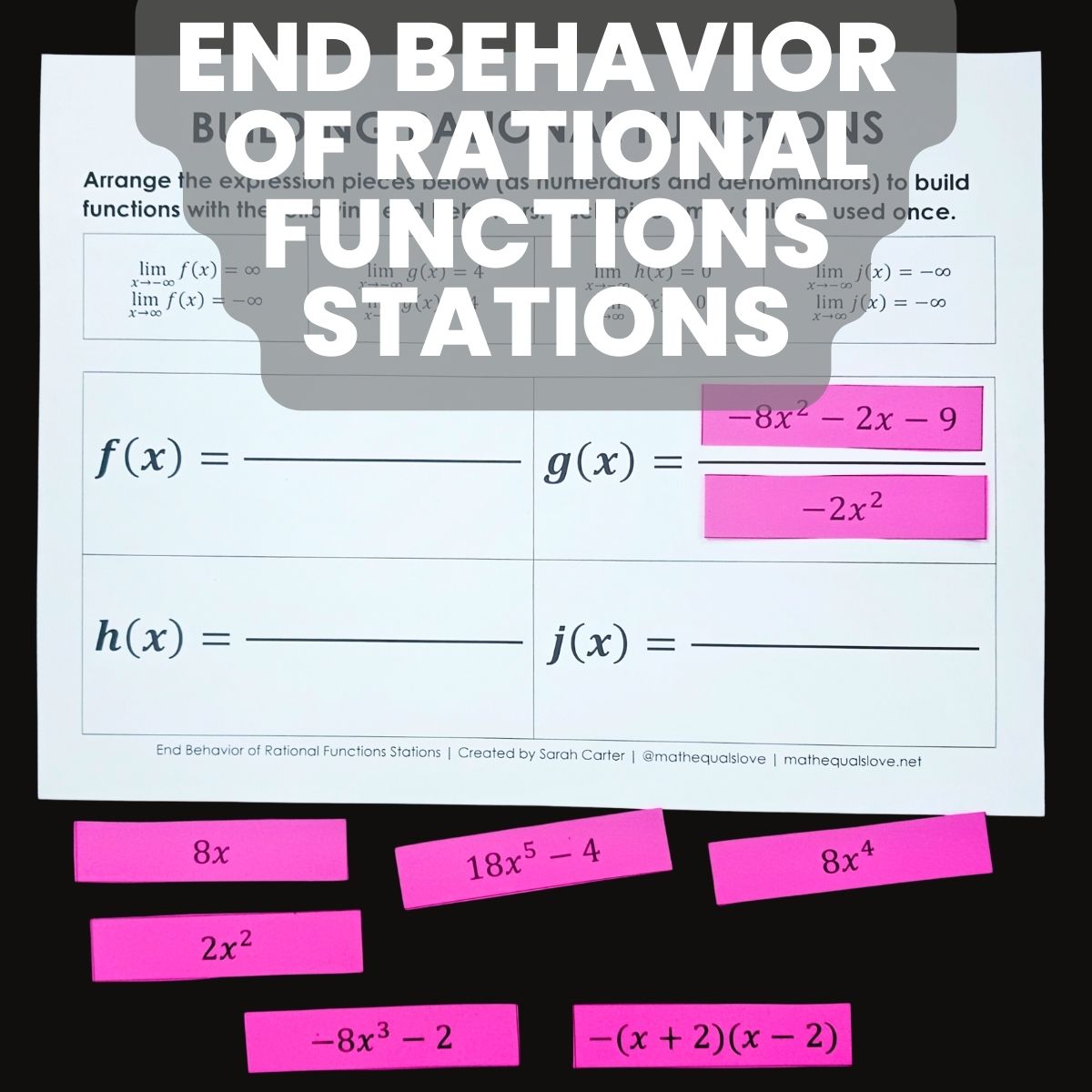
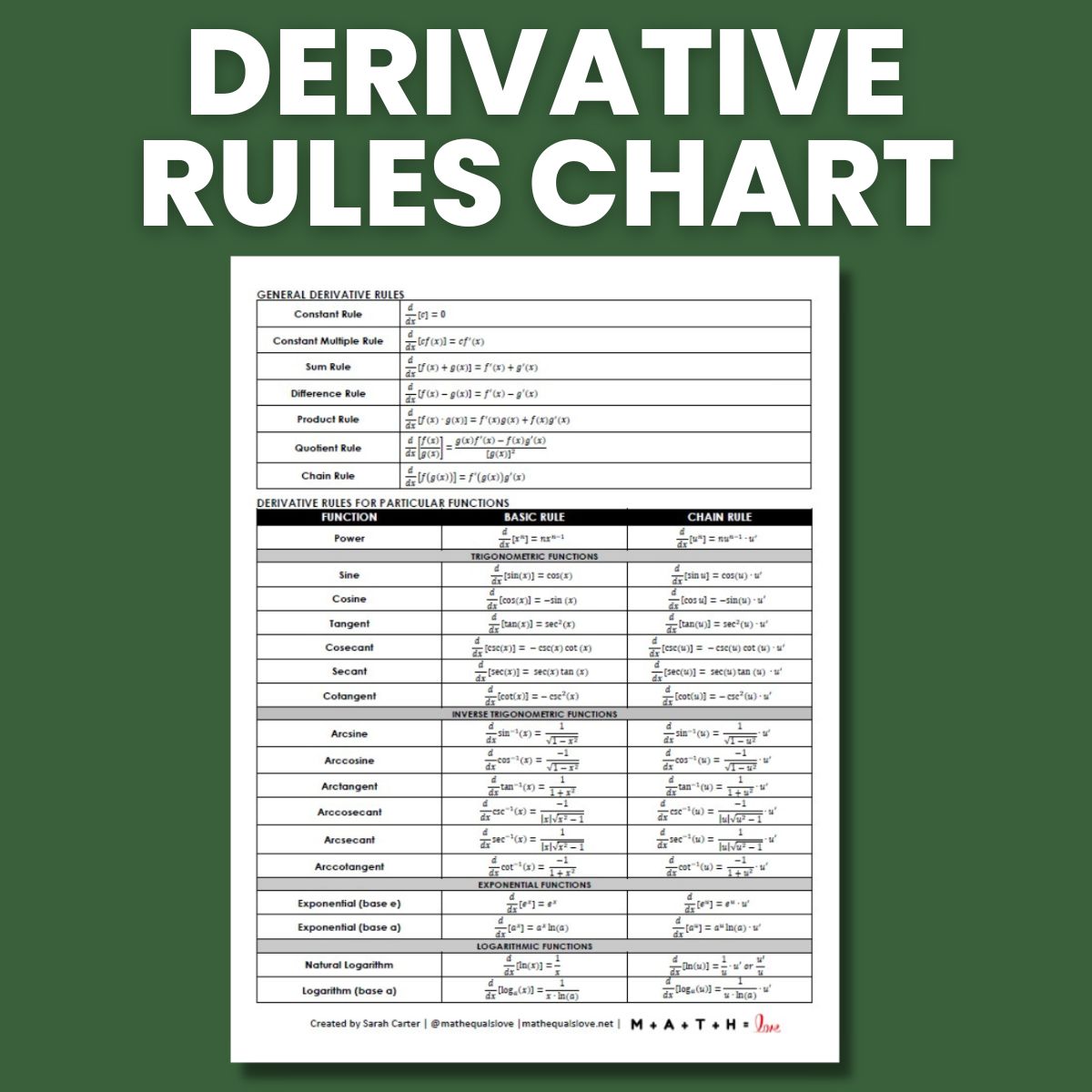


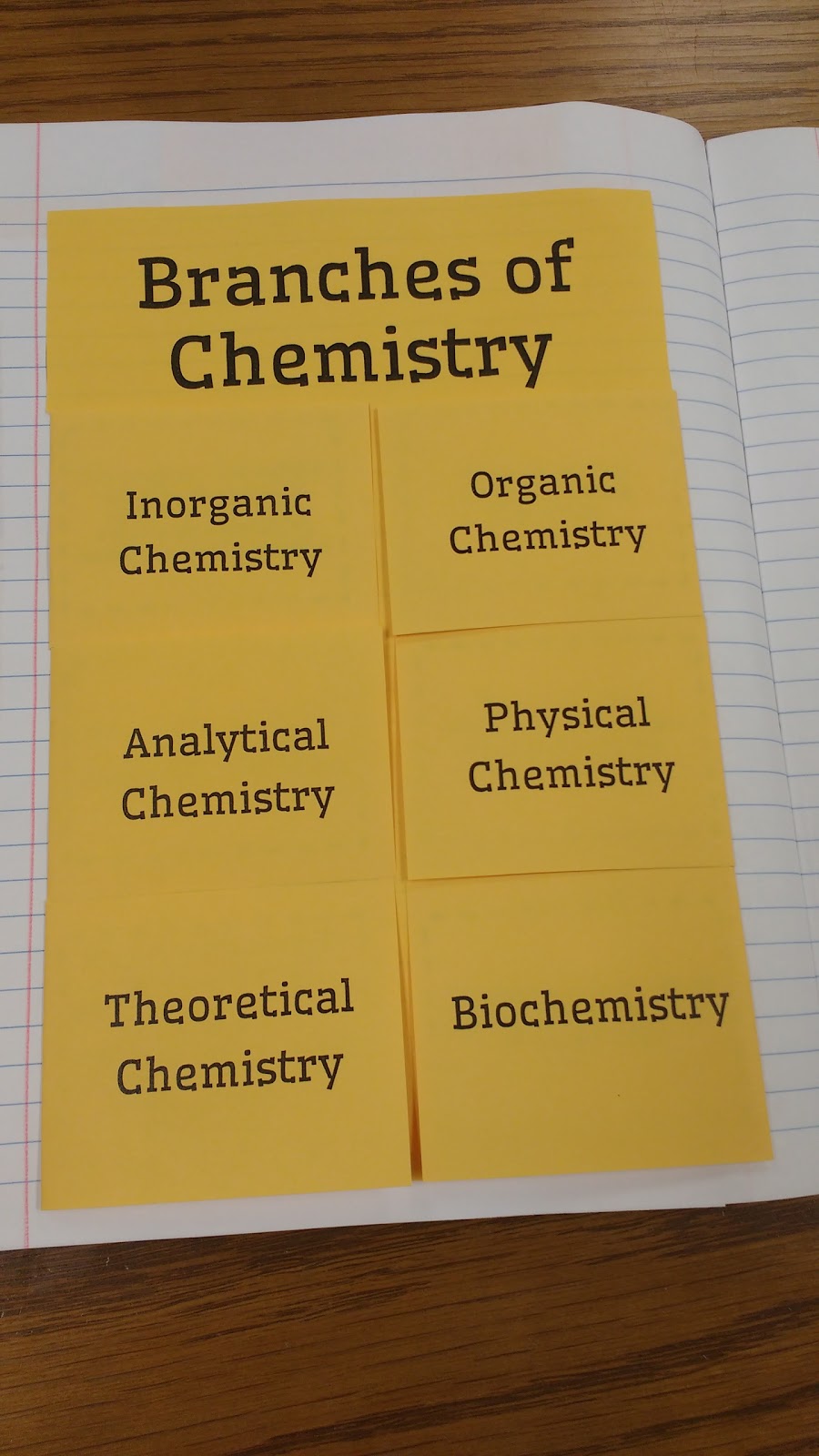
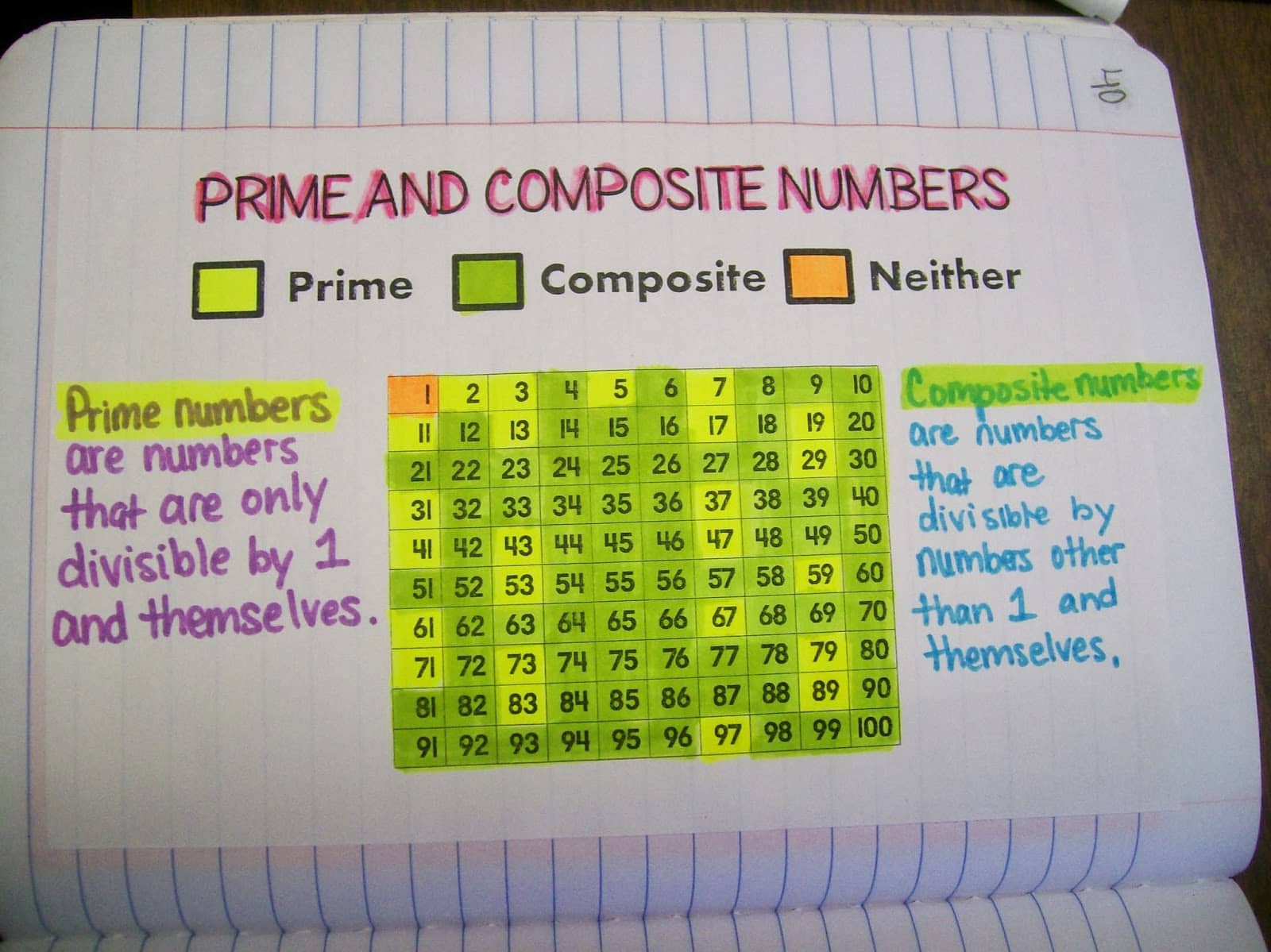
Just curious what your class experimental probability was for the hex nut activity. My mind is thinking that I might could use this for a confidence interval or hypothesis test.
I don’t remember exactly. I haven’t done that activity since 2018 when I last taught Algebra 1. I wish I could be of more help!